Did this camera just make ND and grad filters extinct? Meet the OM-1 Mark II
Flagship firepower gets AI artillery: meet the OM System OM-1 Mark II, with some seriously clever new algorithmic tricks
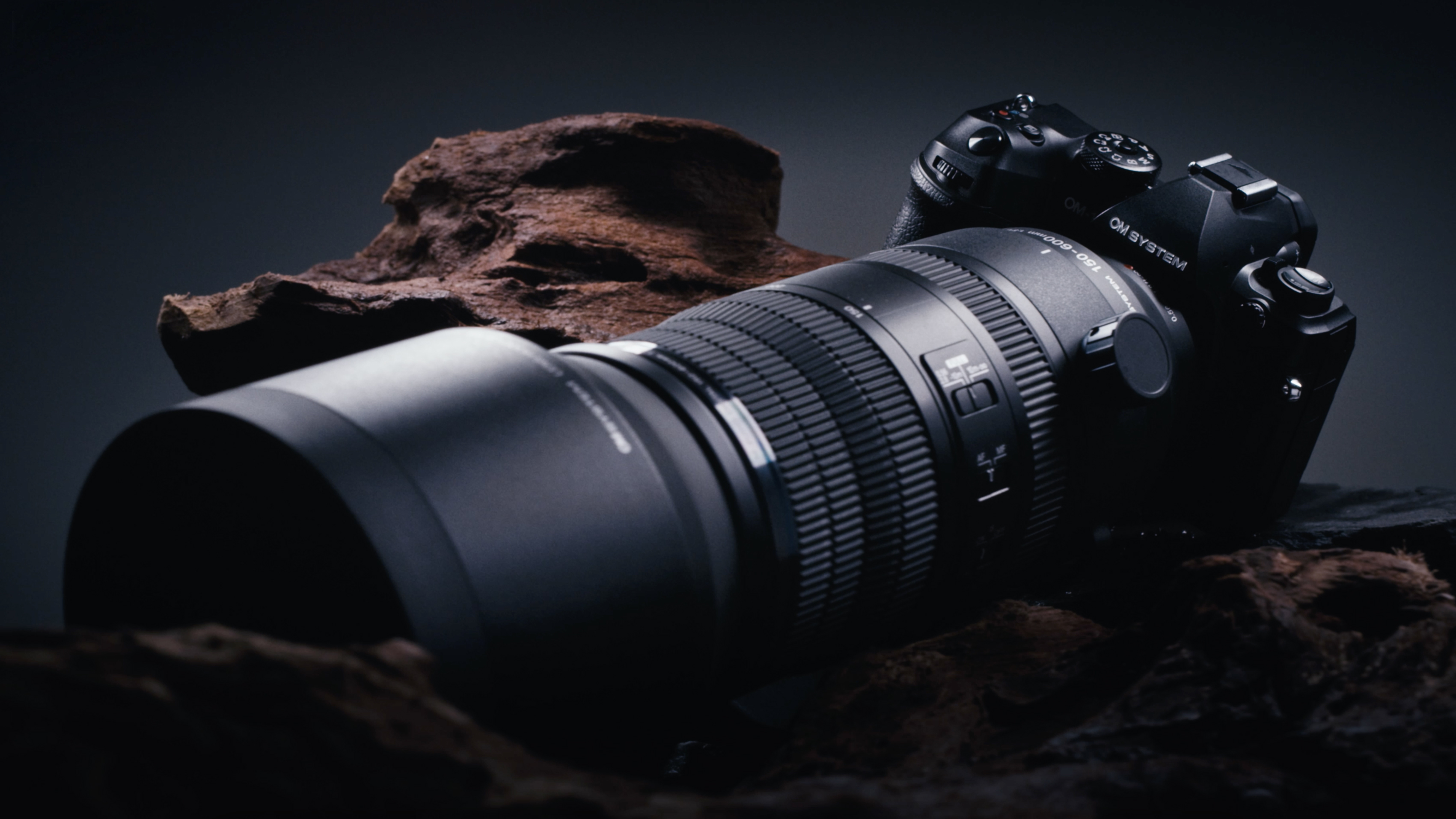
The industry's cleverest flagship camera just got even cleverer. Meet the OM System OM-1 Mark II – an all-purpose AI powerhouse that's so smart, it might just replace your neutral density filters and ND grad filters.
At first glance, the differences from the original OM System OM-1 might be difficult to spot. In short, what the OM-1 Mark II offers is more than double the buffer size for burst shooting, an industry-best 8.5 stops of in-body image stabilization, improved autofocus performance, and what I think is the most exciting feature on a flagship camera in ages: AI-based graduated ND filters.
While the software and artificial intelligence powering the camera has seen some very welcome upgrades, though, in terms of the core technology this is essentially the same camera. The body is identical except for new rubberized dials (for a more tactile, responsive feel), and at its heart is the same stacked 20.4MP sensor and quad core TruePic X processor.
Of course, that means all the other things people loved about the OM-1 – like the 120fps burst shooting and IP53-certified weather sealing – are also present in the new model. Check out the launch video below, after which I'll break down what's new with the OM-1 Mark II.
OM System OM-1 Mark II: What's new
Let's start with the most exciting addition from my perspective: Live GND filters. An extension of the wizardry introduced with Live ND filters (more on that in a minute), Live GND (graduated neutral density) filters provides an AI-powered, software-based solution for shooting situations where you may normally need an ND grad.
It sounds like a gimmick, but everything I've seen (including how effective Live NDs are) tells me that it's a serious bit of technological magic. As you can see in the launch video above, and in the animation below, let's say you want to shoot a dark mountain against a bright sky. Simply select the angle of the graduation you want and drag the line across your screen – a bit like selecting gradients in Lightroom – to control where the filter will take effect.
Obviously I'm going to need to test this myself to be completely convinced, but this is exactly the kind of innovation that excites me about flagship cameras. Anyone can just stuff more megapixels on a sensor, but OM always looks for innovative ways to transform the shooting experience.
Get the Digital Camera World Newsletter
The best camera deals, reviews, product advice, and unmissable photography news, direct to your inbox!

Speaking of Live NDs, OM has added an extra stop – so the filter simulations come in ND2, ND4, ND8, ND16, ND32, ND64 and now ND128. Anyone who has used this feature knows how useful it is. is it really going to replace your filter kit outright? For serious shooters, no. However, for enthusiasts who have never tried using NDs – or for those of us who either forget to pack them, or who are traveling light – it's an amazing way to capture a shot that may otherwise have been impossible.
The autofocus gets a boost overall, being generally stickier and offering human detection, but the most significant improvement is when it comes to birding. Here the AF has been beefed up when it comes to detecting fast-moving birds in the first place, but also keeping track of them in flight. It can also detect up to eight subjects and you can select which one to focus on and keep track of.
When shooting bursts of those birds, you can now enjoy a buffer that's over twice as deep as the OM-1 – something that comes in response to users of the original camera. This will make a particular difference to those shooting at fast frame-rates, using Pro Capture, or even taking macro stacks. Speaking of stacking, the algorithm for in-camera focus stacking is now faster as well.
Away from rapid-fire shooting, fans of Hi Res Shot – which enables the camera to capture 80MP RAW files on a tripod or 50MP RAWs handheld – will now enjoy 14-bit images for improved dynamic range. I know that there are restrictions to pixel shift photography, but I still think this is such an elegant retort to the "Micro Four Thirds doesn't have enough resolution" argument.
And finally, the OM-1 Mark II is now the most rock-solid camera in the industry, with 8.5 stops of stabilization – something that's music to the ears of anyone using long lenses, such as the also just-announced M.Zuiko 150-600mm lens.
The OM System OM-1 Mark II is on sale now, priced at $2,399.99 / £2,199.99 / $AU3,699.95 body only.
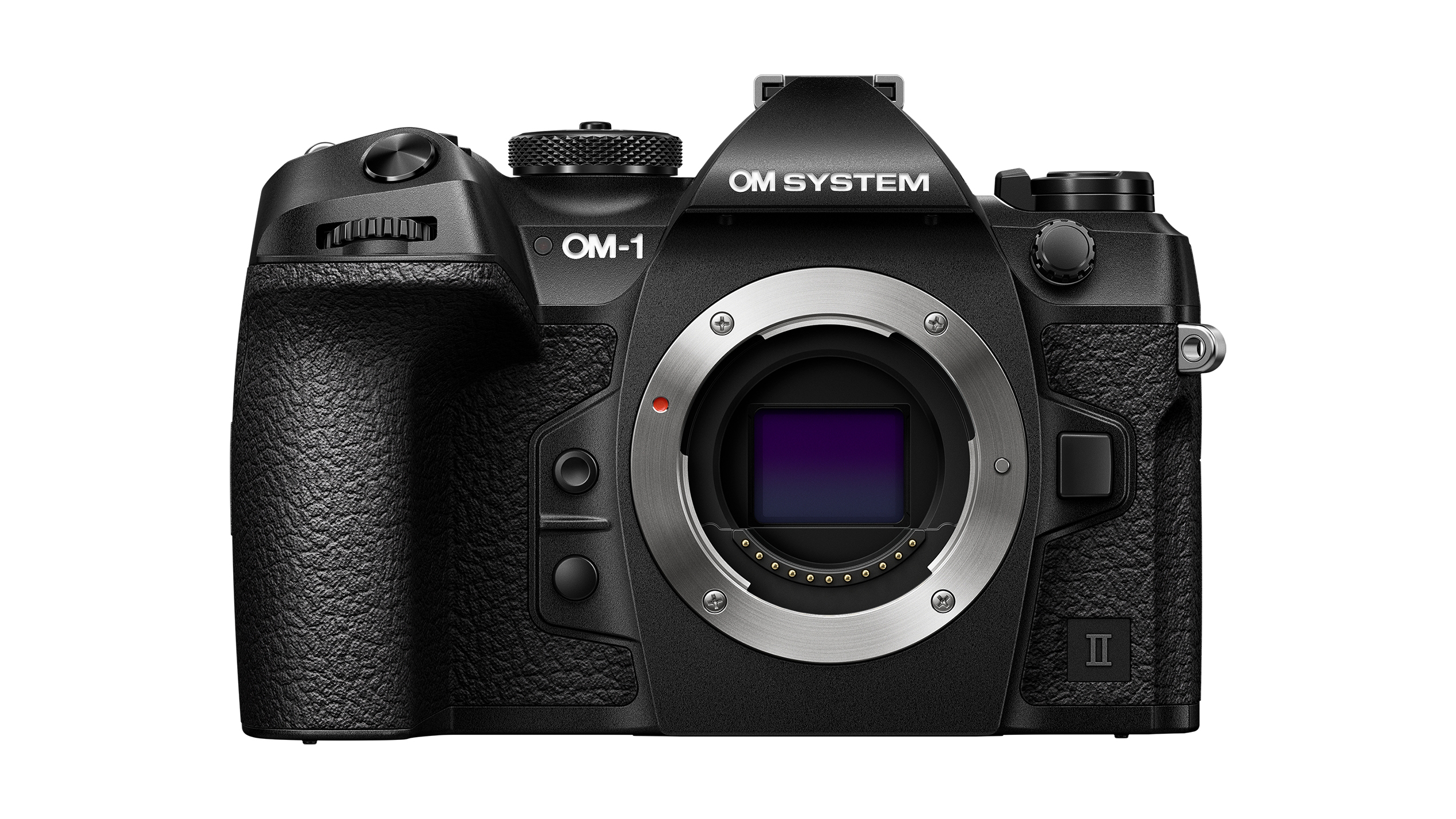
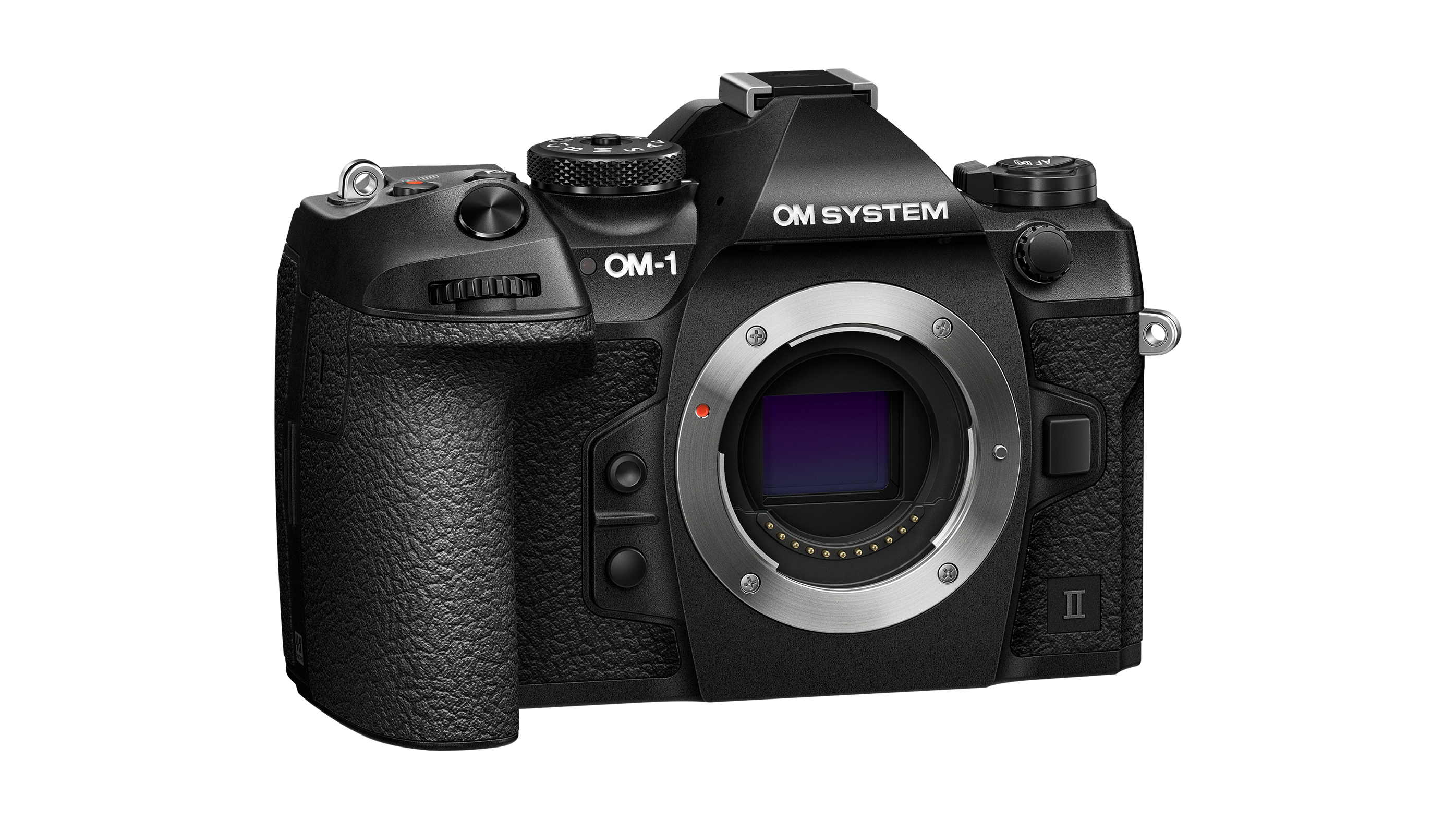
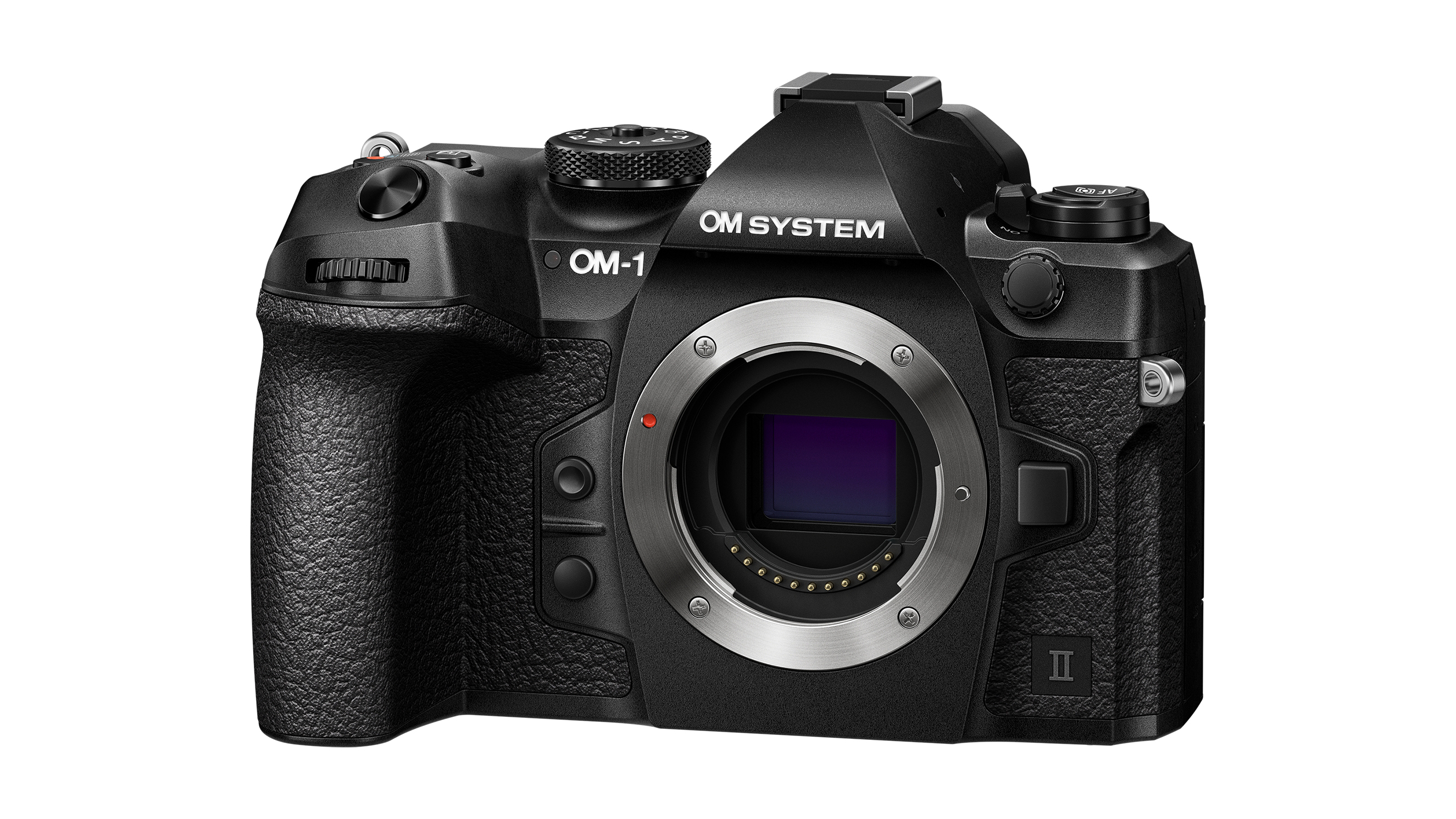
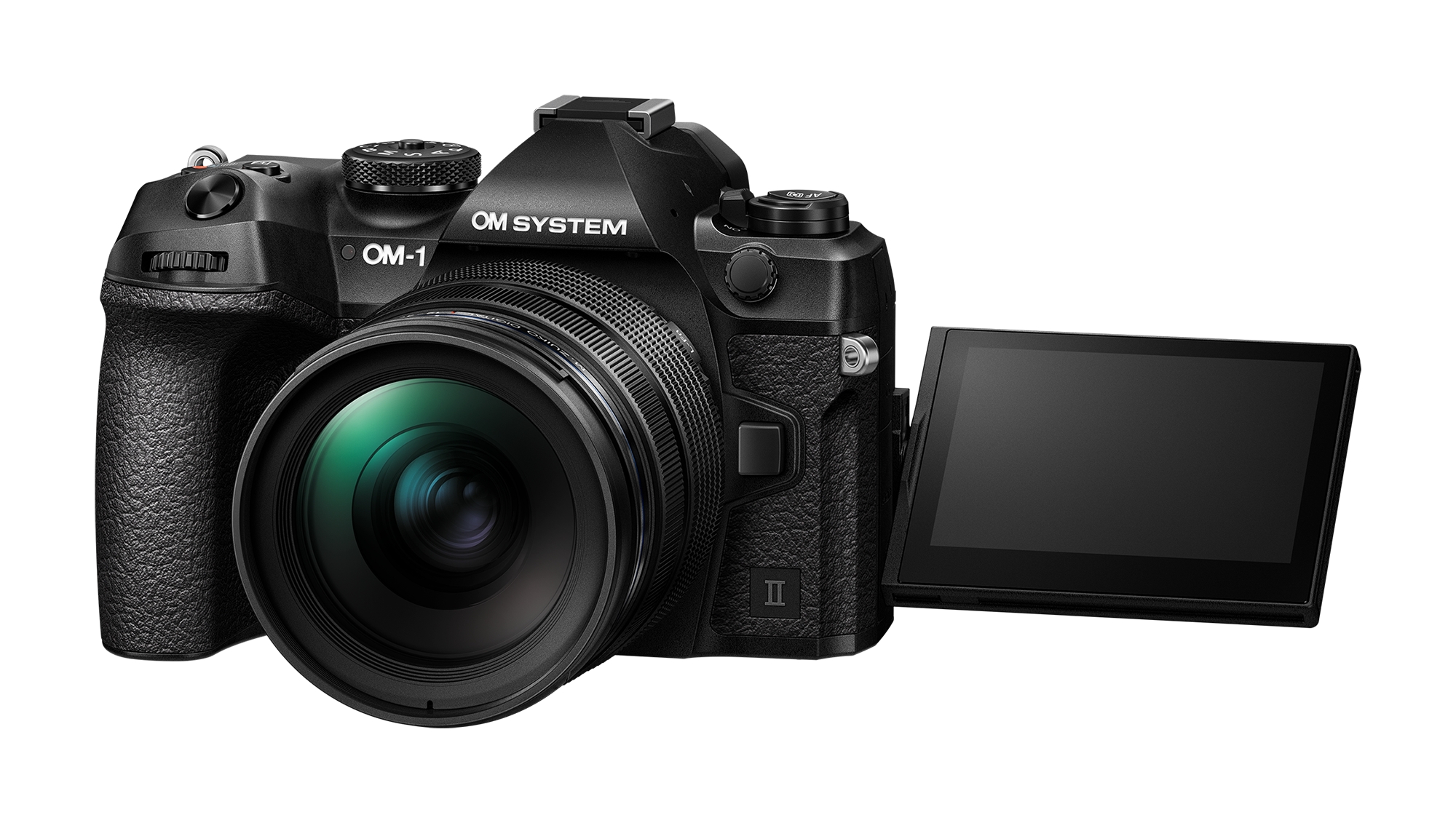
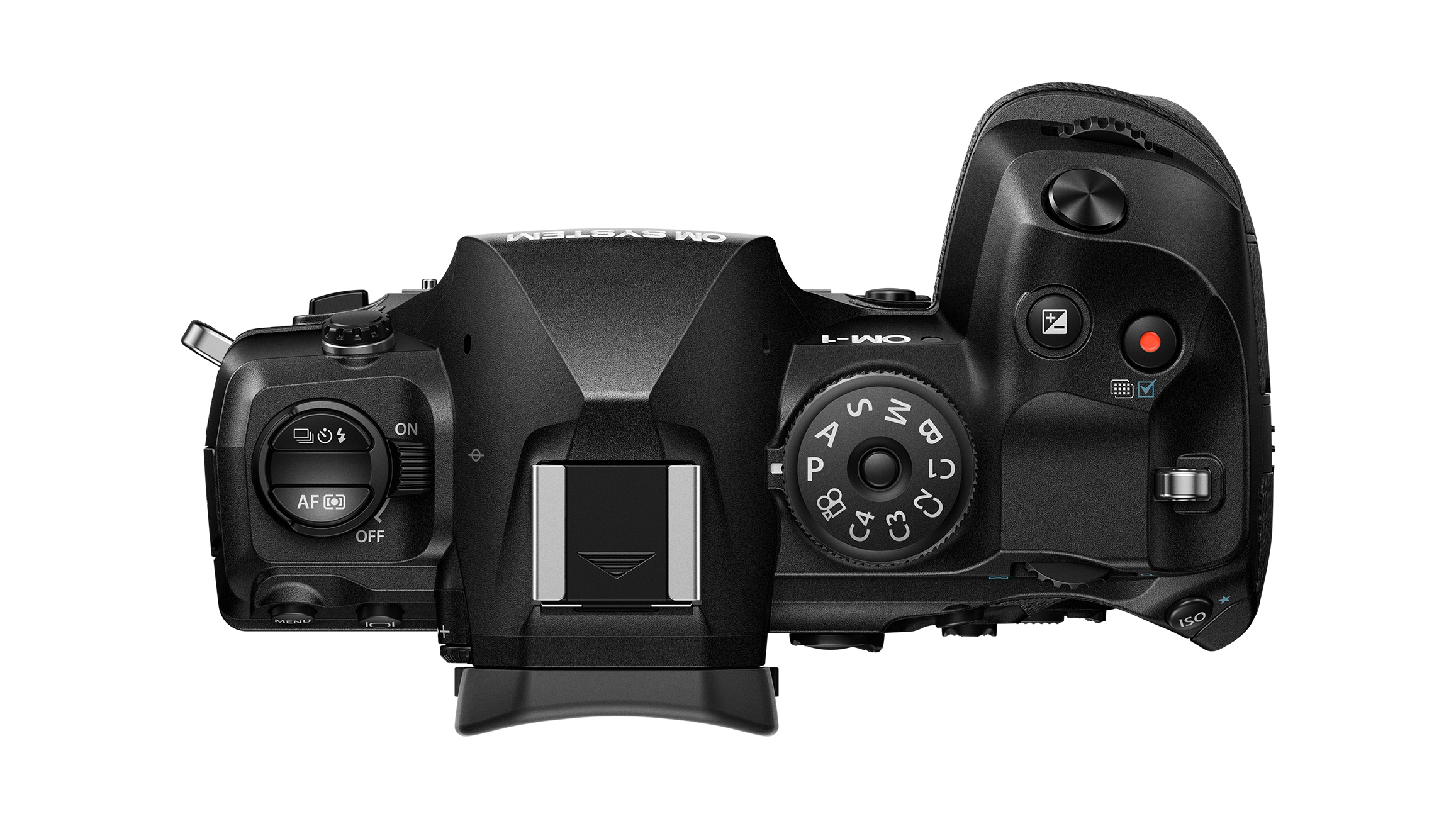
Take a look at the best OM System / Olympus cameras, which are among the best Micro Four Thirds cameras available. And check out the best OM System / Olympus lenses and best Micro Four Thirds lenses to use with them.

James has 22 years experience as a journalist, serving as editor of Digital Camera World for 6 of them. He started working in the photography industry in 2014, product testing and shooting ad campaigns for Olympus, as well as clients like Aston Martin Racing, Elinchrom and L'Oréal. An Olympus / OM System, Canon and Hasselblad shooter, he has a wealth of knowledge on cameras of all makes – and he loves instant cameras, too.
